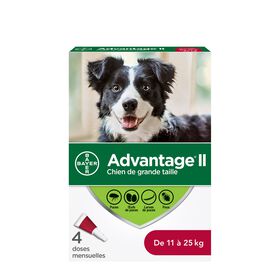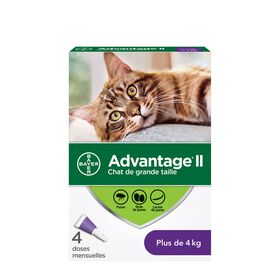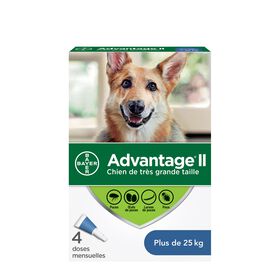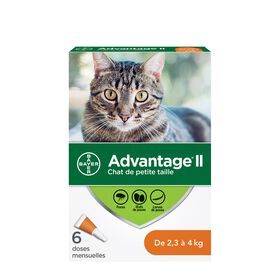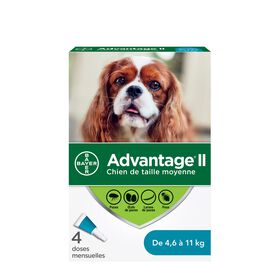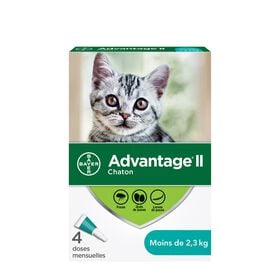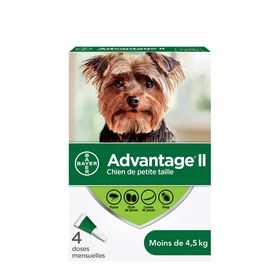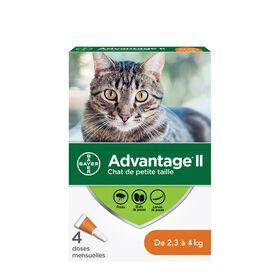This article was written by Bayer, in cooperation with veterinarians.
Fleas lead very complicated lives for such small parasites. They can be difficult to get rid of, which causes stress and distress for many pet owners. It is important that pet owners understand the flea life cycle. This will help them better understand what causes a flea infestation and implement measures to eliminate it.
Adult fleas spend almost all of their time on pets. These are the fleas pet owners usually see. Since fleas need to eat frequently, as often as once every five minutes, they will not usually leave the host unless forced to by overcrowding or unpleasant conditions such as bathing.
Where do pets pick up fleas?
Pets are more likely to pick up fleas that are on the ground and jump onto them than directly from other animals. Since fleas are not usually detected until after an infestation has been established, they cannot be eliminated overnight.
What should you understand about larvae?
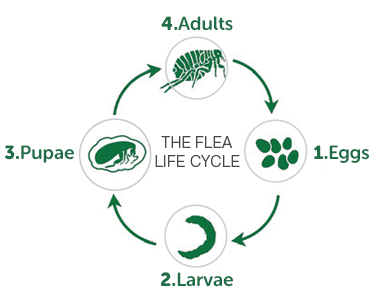
Adult fleas feed, mate and begin laying eggs approximately 36 hours after hatching. These eggs are small and white and roll off the pet into the house. A larva will hatch from each egg.
Larvae are similar to small caterpillars, except that caterpillars turn into butterflies not fleas. Larvae move away from light and into carpets, furniture, cracks in hardwood flooring, cracks in grout and under baseboards. Larvae form pupae, a small cocoon-like structure.
An adult flea will develop inside this cocoon and then hatch out when it detects the presence of something warm and breathing, such as an animal or person. This cycle from egg to adult usually takes about three to six weeks, but can take longer.
What steps can we take to rid the home of fleas?
- Apply the correct dose of Advantage® II to each cat and dog in the household. Repeat the application once a month.
- Make sure to remove collars until the product is dry or apply away from the collar. Advantage® II will not protect the pet properly if the product has been absorbed by the collar.
- Continue treatments for three months.
- You will notice an improvement following the first treatment. However, since it can take six weeks or longer for all the fleas to hatch out of their pupae, it is recommended that treatments continue for three months to ensure that even late hatching fleas will still be killed when coming into contact with a treated pet.
- Pet owners with other furry animals such as hamsters, ferrets or rabbits should discuss flea treatment options with their veterinarian.
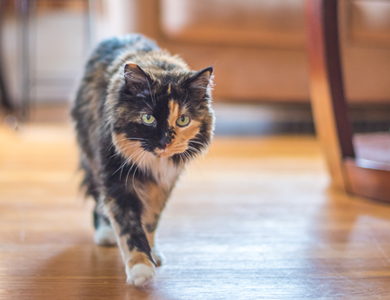
Can vacuuming the house trigger fleas to hatch?
Warmth, vibration and carbon dioxide trigger fleas to hatch. These signals tell fleas that there is an animal nearby. The vacuum mimics an animal and encourages fleas to hatch and seek out the pet. This is good because, once on the pet, Advantage® II will begin to kill fleas. Fleas die within two to twelve hours following contact with the product, well before any eggs can be laid. Pet bedding can be washed and dried in the dryer.
When pets are treated with Advantage® II, egg production in the home is halted. However, fleas continue to develop in the house. The goal is to get those fleas to hatch. Make sure your treated pets have access to all parts of the house. This will encourage the fleas to hatch out of their pupae and jump onto the dog or cat so the product can kill the fleas.
We can often notice that fleas reappear three or four weeks after the initial Advantage® II application. This is when the largest number of flea pupae (from eggs laid by the fleas killed three to four weeks earlier) are ready to hatch.
Remember that, if fleas do not receive the signal to hatch from a nearby pet, they will either hatch in response to the presence of a person (and bite that person) or remain in their pupae and wait for the right signal. They can remain in this dormant or waiting stage for up to a year.
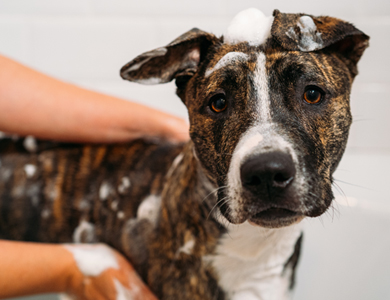
Can a pet be bathed after an Advantage® II treatment?
Pets can be bathed once a month using an appropriate grooming shampoo without affecting the performance of Advantage® II. If a pet is given more than one bath in a month, Advantage® II should be reapplied after the second bath.
Home flea sprays can be used but are not required. The Advantage® II treatment is all pet owners need to eliminate fleas from the home. Sprays may kill eggs and larvae, but may not be effective against fleas when inside the pupae.
Finally, it is important to make sure you know what products you are giving your pet to make sure it is safe for them.
Lean more about the products Advantage® II for cats
Lean more about the products Advantage® II for dogs


